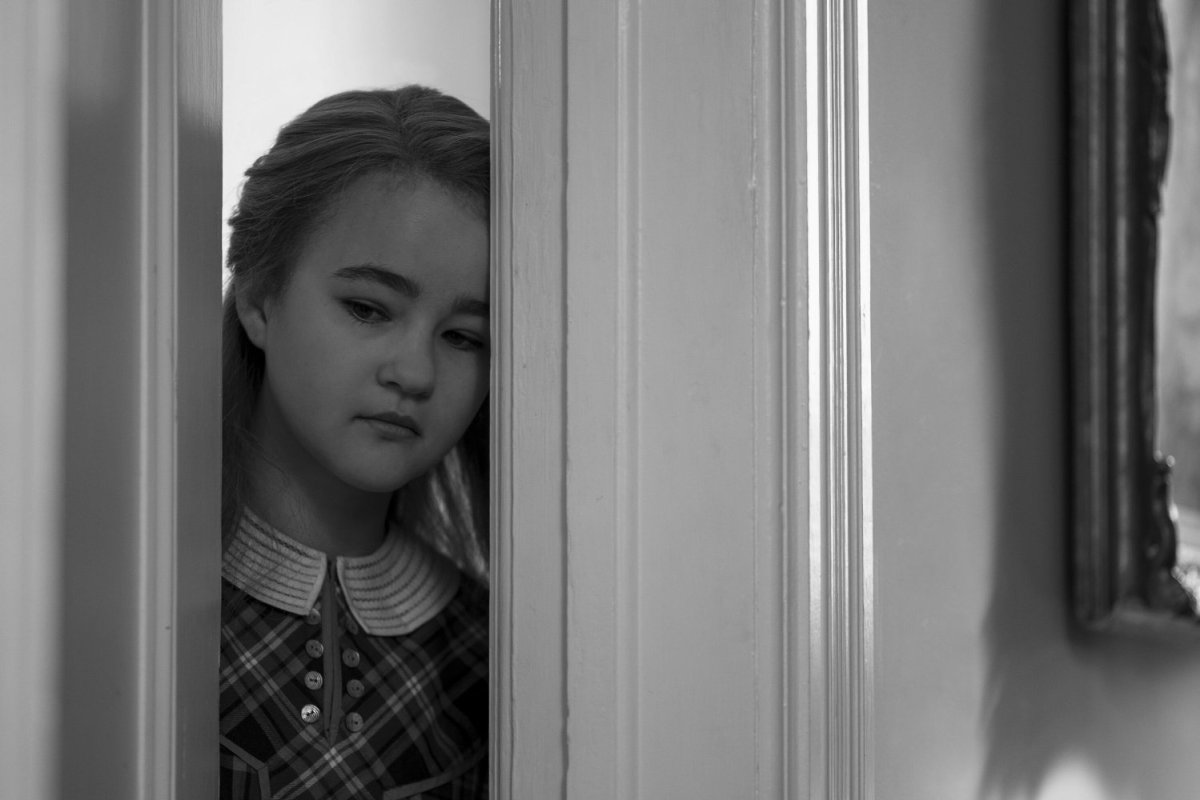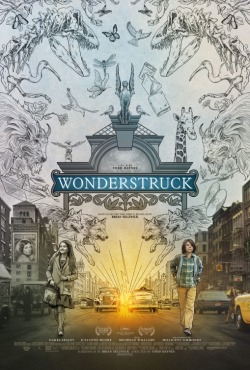A fight against entrenched powers comes to the forefront in Focus Features’ campaign.
 The idea that there are good people of virtue and character out there willing to put themselves and their reputations on the line to do what’s right may seem quaint these days, but those are just the kind of people society relies on. We see what happens when they are removed or diminished and it’s not pretty.
The idea that there are good people of virtue and character out there willing to put themselves and their reputations on the line to do what’s right may seem quaint these days, but those are just the kind of people society relies on. We see what happens when they are removed or diminished and it’s not pretty.
Just that sort of virtue is at the core of Dark Waters, the new movie from director Todd Haynes. Based on a true story, Mark Ruffalo stars as Robert Bilott, an attorney who works for major chemical companies. Through a series of circumstances he’s pulled out to visit the farm of a family friend, one where the owner believes pollution from nearby factories is killing his land and his livestock.
Soon Bilott finds himself taking up the cause of farmers and fighting against the very corporations he once defended. Doing so puts him in the crosshairs of very powerful people who would like not to have their bad actions – environmental and otherwise – exposed for all the world to see, thank you very much.
How Bilott and his family face those threats is central to the campaign run by Focus Features.
The Posters
Bilott is shown on the movie’s single one-sheet (by marketing agency Eclipse), released in September, looking out his car window. In the reflection we see a pair of figures approaching the car, the implication being these are dangerous people he’s looking out for. Copy at the top reading “The truth has a man inside” hints at how he will use his knowledge of how the industry works to hit them where they’re vulnerable. It’s a dark and slightly ominous image in keeping with the look and feel of the rest of the campaign.
The Trailers
September saw the release of the first trailer (4 million views on YouTube), which starts out by showing how Robert is convinced to switch sides, defending farmers suffering from the effects of chemical pollution instead of the chemical companies doing the polluting. He begins investigating the water that not only the cows in a small town but the people have been drinking, finding that DuPont has knowingly allowed it to happen for years. The company brings all of its resources to bear in the fight as Robert finds himself and his family targeted by powerful interests who would like him to be silenced.
Online and Social
Though it uses the same template Focus always does, the movie’s site is barely stocked by even today’s meager standards. The trailer, which pops up when you load the page, is also available when you scroll down along with a synopsis and a single photo. That’s it.
Advertising and Promotions
Focus Features announced a November release in August.
Ruffalo, who has gained a reputation as an activist fighting for many worthwhile causes, joined the real Bilott along with others on Capitol Hill recently to advocate for restrictions on various chemicals that are leached into the environment. While in Washington the pair also appeared at a Washington Post Q&A about the movies and the issues it raises.
Participant Media, which produced the film, held other screenings in Austin, New York and elsewhere in recent weeks.
At the premiere the whole cast and crew were in attendance, sharing more of their thoughts on the movie and the issues at the heart of the story.
Advertising efforts included spots like this that condense the story shown in the trailer down to the simple message of farms being destroyed by the willful actions of companies who believe themselves immune from accountability.
Media and Press
How Ruffalo connected with the material and how his commitment to the story and cause were covered in an interview with the actor. He and Haynes spoke about the urgency of the story and what it means to them following a Hollywood screening in late October.
Ruffalo made various talk show appearances on “Good Morning America,” CNN, “The Late Show” and elsewhere.
Haynes received a profile of his own that focused on his process and the kind of environment he creates on the set for the actors.
Overall
A few days ago there was a story quoting a Wall Street analyst who believed, after seeing the movie, it might damage the reputation and business prospects of DuPont, the major antagonist in the story, the one Bilott is fighting hardest against. But, he noted, any negative impact felt by individual investors walking away from the stock (it’s apparently not even feasible institutions would exit their investments) would be mitigated if or when a big M&A transaction is announced.
If there’s a better example of late stage capitalism around I’m not aware of it.
You see something like that in the footage from the movie of Bilott explaining to his wife that the system is rigged, that the people in power aren’t going to protect us and it’s up to us to protect ourselves.
In its quest to play up as many dramatic moments as possible – file boxes being dropped to the ground, doors being shut angrily, people confronted in ballrooms – some of the advocacy seems to get lost in the campaign, but the overall message still comes through. This is a serious film made by serious people about a serious topic that should be important to serious members of the audience. It’s the kind of mid-level drama with a great cast that used to be seen 28 times every Awards Season.
The real reason to see it, though, is to be shown the level of malfeasance on display in America’s corporate boardrooms and what impact it has on the kinds of hardworking Americans the politicians who defend those companies claim to care about. Should the movie serve as any kind of call to action, it will have done its job.
Picking Up the Spare
Ruffalo, Haynes and others were interviewed about the research they did to fully understand the real people at the heart of the story and get their motivations right.
Focus released a behind the scenes featurette with comments from the cast and crew. Another had Ruffalo sharing his first gig while one more discussed the real people portrayed in the story.
A later interview with Ruffalo focused on how he used the film as an outlet for his political nature and he spoke about playing a real individual when he appeared on “The Daily Show.”
Additional profiles of Ruffalo, Haynes and cinematographer Ed Lachman and writer Mario Correa. There was also a feature on how many of the real life people involved in the story were brought on as extras.





